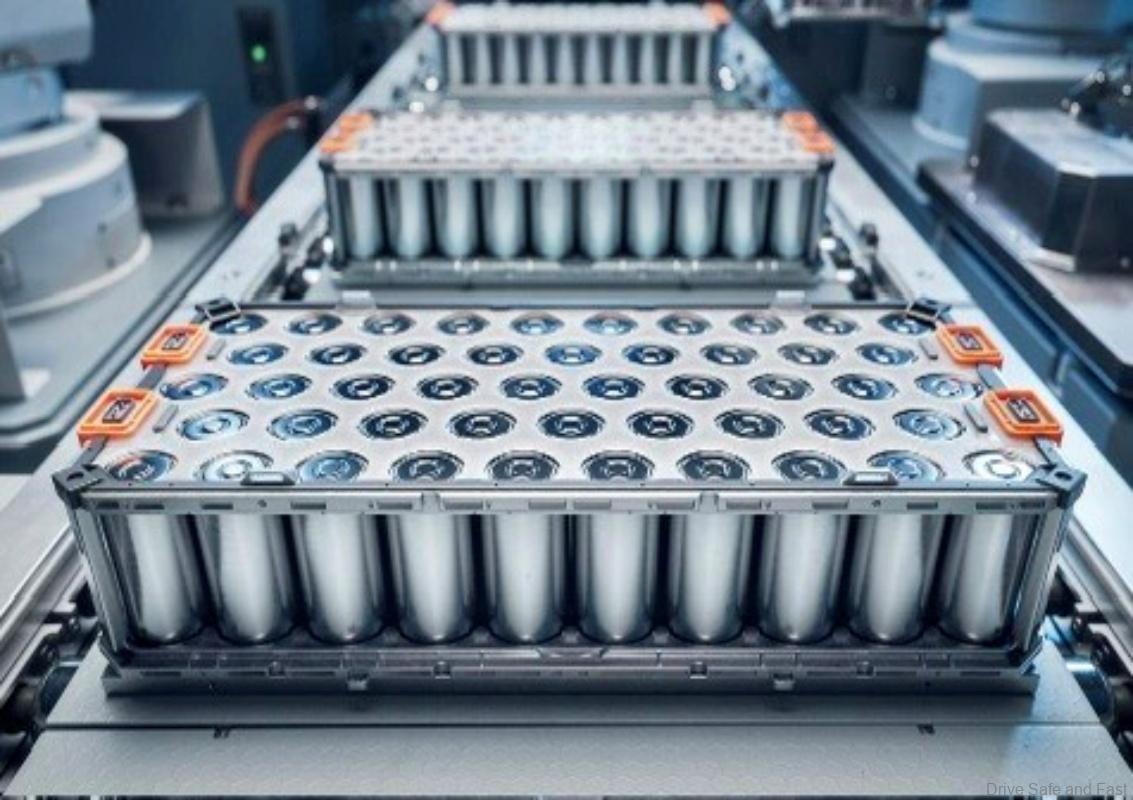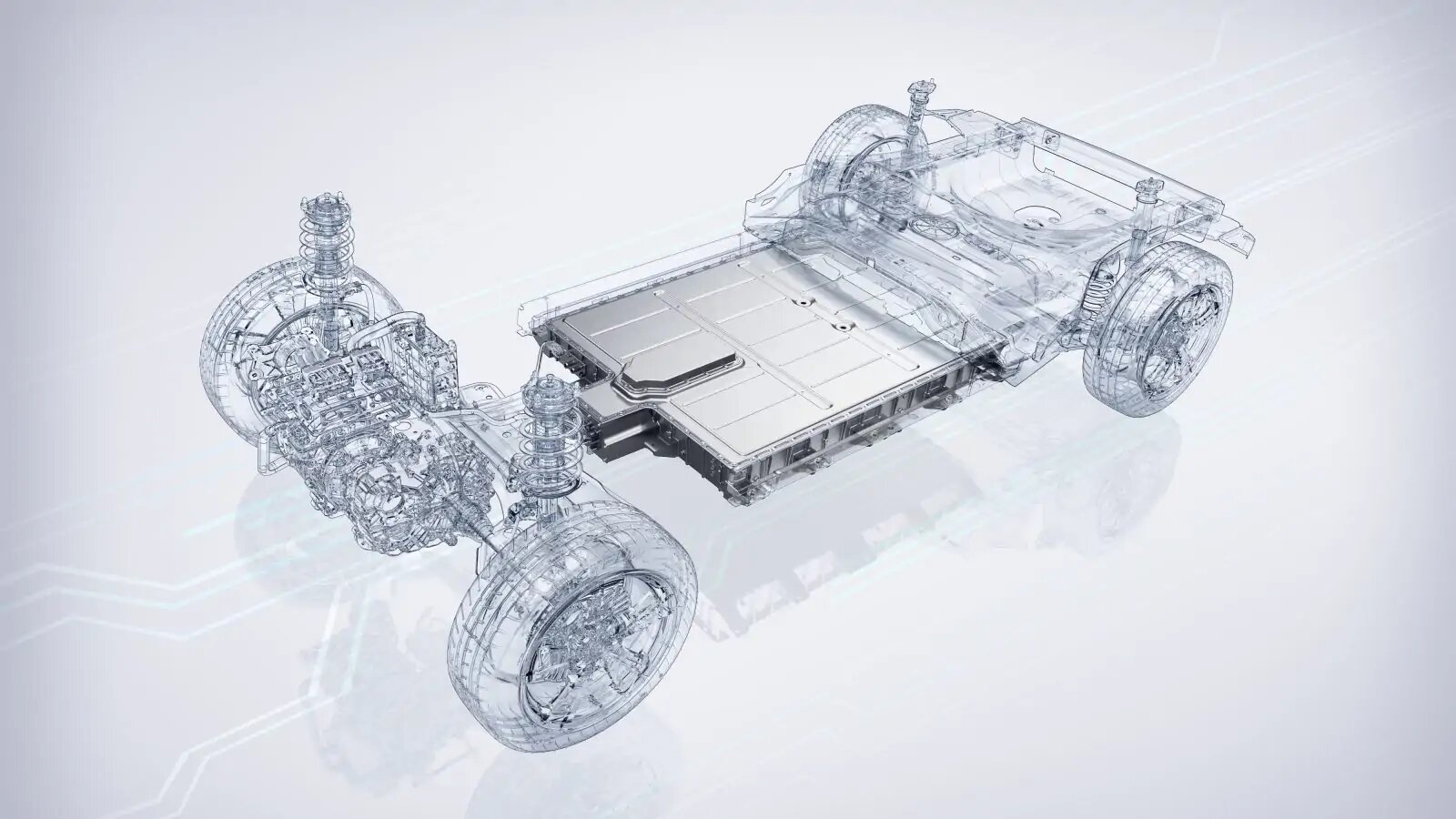Novatron provides another option from the usual nickel and cobalt-based EV batteries
Novatron, a pioneering private fusion energy company, is making significant strides in advancing clean energy technology with its revolutionary approach to nuclear fusion. The quest to achieve controlled and sustained nuclear fusion, the same process that powers the sun, has been a major focus for researchers and institutions worldwide.
Despite considerable efforts, successfully harnessing fusion energy on Earth remains an elusive goal. However, Novatron’s recent unveiling of its innovative axisymmetric tandem mirror (ATM) technology marks a substantial leap forward in this challenging field. Novatron’s ATM technology represents a breakthrough in the pursuit of fusion power.

Moreover, the company’s new reactor design promises enhanced stability in plasma confinement, a critical factor for successful fusion reactions. According to Novatron, this novel reactor design offers a promising solution to the challenge of maintaining stable plasma confinement, which is essential for generating sustainable fusion power.
At the core of Novatron’s reactor is the magnetic mirror concept, which employs two large magnets to create a strong magnetic field that traps plasma fuel. This design causes the plasma to bounce back and forth within the magnetic field, much like a ball in a room with mirrored walls.
On top of that, magnetic mirrors are also attractive due to their low cost, ease of fueling, and ability to operate continuously. They also achieve a high “beta” value, meaning they can produce significant plasma pressure using relatively weak magnetic fields, which enhances cost-effectiveness.
However, traditional magnetic mirrors face significant challenges, including plasma instabilities and poor confinement times. These issues make it difficult to maintain the high temperatures and densities required for fusion reactions.

What’s more, Novatron addresses these challenges by combining magnetic mirrors with another concept known as “biconic cusps.” Biconic cusps help stabilise the plasma, while the magnetic mirrors provide effective confinement.
The company has validated its innovative design through extensive computer simulations conducted using the WarpX platform. These simulations have confirmed that the ATM technology performs as expected under real-world conditions, demonstrating a significant improvement in energy confinement time.
Looking ahead, Novatron plans to develop its fusion technology in stages, with the ultimate goal of creating a commercial fusion power plant capable of supplying energy to the grid. This phased approach reflects the company’s commitment to advancing fusion energy technology and making a substantial impact on the clean energy sector.

We got all this from Interesting Engineering and their full article is linked here. Thank you Interesting Engineering for the information and images.



